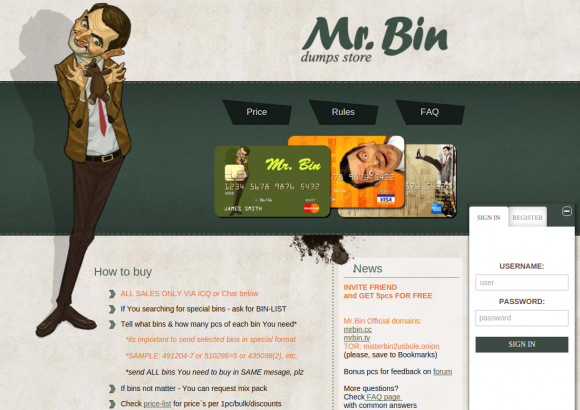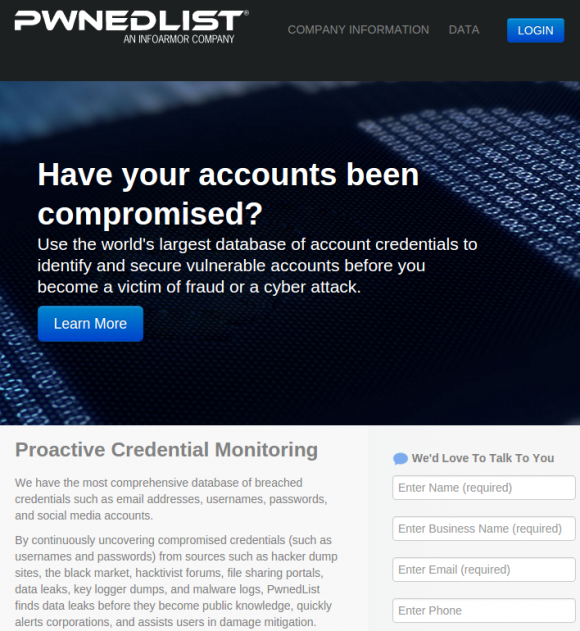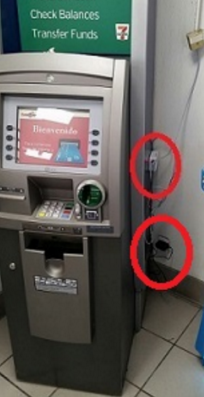A 2012 data breach that was thought to have exposed 6.5 million hashed passwords for LinkedIn users instead likely impacted more than 117 million accounts, the company now says. In response, the business networking giant said today that it would once again force a password reset for individual users thought to be impacted in the expanded breach.
 The 2012 breach was first exposed when a hacker posted a list of some 6.5 million unique passwords to a popular forum where members volunteer or can be hired to hack complex passwords. Forum members managed to crack some the passwords, and eventually noticed that an inordinate number of the passwords they were able to crack contained some variation of “linkedin” in them.
The 2012 breach was first exposed when a hacker posted a list of some 6.5 million unique passwords to a popular forum where members volunteer or can be hired to hack complex passwords. Forum members managed to crack some the passwords, and eventually noticed that an inordinate number of the passwords they were able to crack contained some variation of “linkedin” in them.
LinkedIn responded by forcing a password reset on all 6.5 million of the impacted accounts, but it stopped there. But earlier today, reports surfaced about a sales thread on an online cybercrime bazaar in which the seller offered to sell 117 million records stolen in the 2012 breach. In addition, the paid hacked data search engine LeakedSource claims to have a searchable copy of the 117 million record database (this service said it found my LinkedIn email address in the data cache, but it asked me to pay $4.00 for a one-day trial membership in order to view the data; I declined).
Inexplicably, LinkedIn’s response to the most recent breach is to repeat the mistake it made with original breach, by once again forcing a password reset for only a subset of its users.
“Yesterday, we became aware of an additional set of data that had just been released that claims to be email and hashed password combinations of more than 100 million LinkedIn members from that same theft in 2012,” wrote Cory Scott, in a post on the company’s blog. “We are taking immediate steps to invalidate the passwords of the accounts impacted, and we will contact those members to reset their passwords. We have no indication that this is as a result of a new security breach.”
LinkedIn spokesman Hani Durzy said the company has obtained a copy of the 117 million record database, and that LinkedIn believes it to be real.
“We believe it is from the 2012 breach,” Durzy said in an email to KrebsOnSecurity. “How many of those 117m are active and current is still being investigated.”
Regarding the decision not to force a password reset across the board back in 2012, Durzy said “We did at the time what we thought was in the best interest of our member base as a whole, trying to balance security for those with passwords that were compromised while not disrupting the LinkedIn experience for those who didn’t appear impacted.”
The 117 million figure makes sense: LinkedIn says it has more than 400 million users, but reports suggest only about 25 percent of those accounts are used monthly. Continue reading




 Redmond made the announcement almost as a footnote in its Windows 10 Experience blog, but the feature caused quite a stir when the company’s flagship operating system first debuted last summer.
Redmond made the announcement almost as a footnote in its Windows 10 Experience blog, but the feature caused quite a stir when the company’s flagship operating system first debuted last summer.

 “Based on the preliminary findings of the investigation and other information, the Company believes that malware, installed through the use of compromised third-party vendor credentials, affected one particular point of sale system at fewer than 300 of approximately 5,500 franchised North America Wendy’s restaurants, starting in the fall of 2015,” Wendy’s disclosed in their first quarter financial statement today. The statement continues:
“Based on the preliminary findings of the investigation and other information, the Company believes that malware, installed through the use of compromised third-party vendor credentials, affected one particular point of sale system at fewer than 300 of approximately 5,500 franchised North America Wendy’s restaurants, starting in the fall of 2015,” Wendy’s disclosed in their first quarter financial statement today. The statement continues: erabilities (flaws that attackers figure out how to exploit before before the software maker does) in Internet Explorer (IE) and in Windows. Half of the 16 patches that Redmond issued today earned its “critical” rating, meaning the vulnerabilities could be exploited remotely through no help from the user, save for perhaps clicking a link, opening a file or visiting a hacked or malicious Web site.
erabilities (flaws that attackers figure out how to exploit before before the software maker does) in Internet Explorer (IE) and in Windows. Half of the 16 patches that Redmond issued today earned its “critical” rating, meaning the vulnerabilities could be exploited remotely through no help from the user, save for perhaps clicking a link, opening a file or visiting a hacked or malicious Web site.
 Patterson, N.J.-based ADP provides payroll, tax and benefits administration for more than 640,000 companies. Last week, U.S. Bancorp (U.S. Bank) — the nation’s fifth-largest commercial bank — warned some of its employees that their W-2 data had been stolen thanks to a weakness in ADP’s customer portal.
Patterson, N.J.-based ADP provides payroll, tax and benefits administration for more than 640,000 companies. Last week, U.S. Bancorp (U.S. Bank) — the nation’s fifth-largest commercial bank — warned some of its employees that their W-2 data had been stolen thanks to a weakness in ADP’s customer portal.


